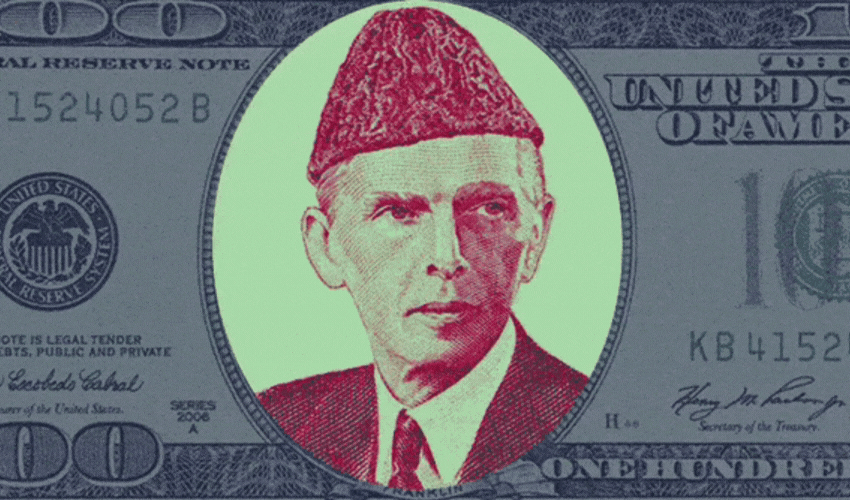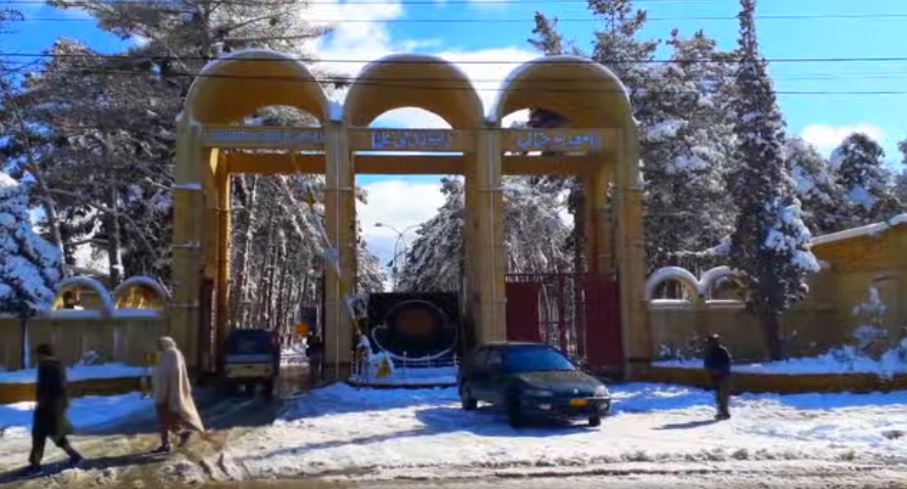The Free and Fair Election Network (FAFEN) issued on Tuesday a report highlighting increased women’s participation in Pakistan's 2024 general elections, with 902 women contesting compared to 465 in 2018.
According to the report, only 35 out of 111 political parties issued tickets to 20 or more women candidates. Of these, 15 parties failed to meet the legal requirement of allocating 5% of their tickets to women. In 77 constituencies, no party nominated a female candidate.
FAFEN reported that 191 independent women contested for 123 National Assembly seats. Meanwhile, 592 female candidates participated in 340 provincial assembly constituencies, with an overall increase in seats won and vote share compared to previous elections. Women’s vote share rose from 2.7 per cent in 2013 to 4.3 per cent in 2024.
Some major political parties, including the Pakistan Muslim League-Nawaz (PML-N), Pakistan People’s Party (PPP), Muttahida Qaumi Movement-Pakistan (MQM-Pakistan), Grand Democratic Alliance (GDA), and National Party, adhered to the 5% ticket allocation law.
The PPP issued 5% of its National Assembly tickets to women, while PML-N surpassed the requirement with 7 per cent.
The MQM-P gave 9 per cent, GDA allocated 23%, and IPP distributed 15% to female candidates.
In Punjab, PML-N allocated one per cent of tickets to women, while Jamaat-e-Islami issued 2 per cent, and PPP distributed 5 per cent.
In Sindh, PPP and MQM issued 5 per cent and 4 per cent of tickets respectively, with PML-N reaching 14 per cent.
In Khyber Pakhtunkhwa, PML-N allocated 7 per cent of tickets, while PPP and ANP gave 5 per cent each. In Balochistan, PPP issued 4 per cent, PML-N 5 per cent, and National Party 9 per cent to women.
Gender disparities in voter registration also improved. Women’s registration increased by 27 per cent over the past five years compared to 17 per cent for men. FAFEN reported that the gender gap in registered voters dropped from 12.8 per cent in 2013 to 7.7 per cent in 2024.
However, regions like Balochistan (12%), Khyber Pakhtunkhwa (9 per cent), and Sindh (8 per cent) still exhibited significant gaps.
Despite progress, some constituencies showed persistent gender imbalances.
In NA-44 South Waziristan, the gap reached 18 per cent, and in NA-266 Qilla Abdullah, it was 29%.
Additionally, 51 constituencies reported either no female votes or a turnout of less than 10% at 230 polling stations.


























